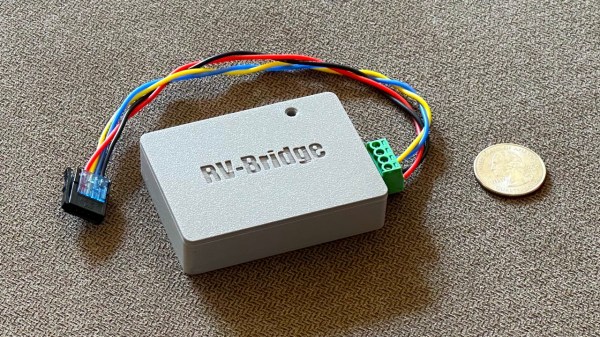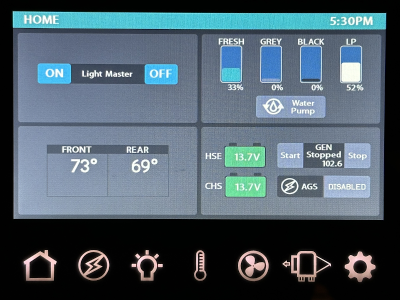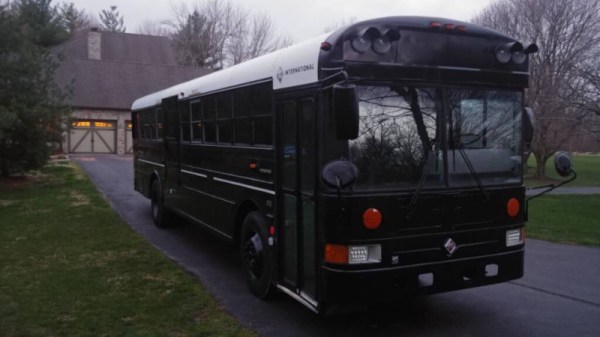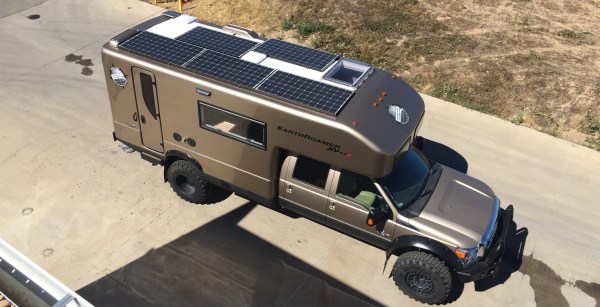Getting your RV or trailer parked nice and level is key to getting a good night’s sleep. Traditional methods involve bubble levels and trial and error, but [MJCulross] wanted something better. Enter the Teensy RV Leveling Helper.
The device uses an accelerometer to detect the pitch and roll angles of the RV. It then displays these on a small screen, and performs calculations on how much the RV must be raised at each corner to bring it level. The RV’s width and wheelbase can be entered via a simple touchscreen interface to ensure the calculations are correct. There’s also a trailer mode which calculates three-point leveling figures for the wheels and the hitch, as opposed to the four-wheeled RV mode.
The result is that the correct leveling blocks can be selected first time when parking up the RV or trailer. It’s a lot less tedious than the usual method of parking, leveling, checking, and then leveling again.
We don’t see a lot of camper hacks around here, but we’ve noticed a new trend towards lightweight cycle campers in recent years. If you’ve found your own nifty hacks for your home on the open road, don’t hesitate to let us know!
















